For coffee practitioners, nothing is more important than growing coffee to complete the process from seed to cup. Coffee can be grown in most parts of the world, but the area between the Tropic of Cancer and the Tropic of Capricorn is the most suitable zone. In the coffee planting industry, a coffee belt is formed between 25° north latitude and 25° south latitude, and coffee is grown in 79 countries and regions around the world.
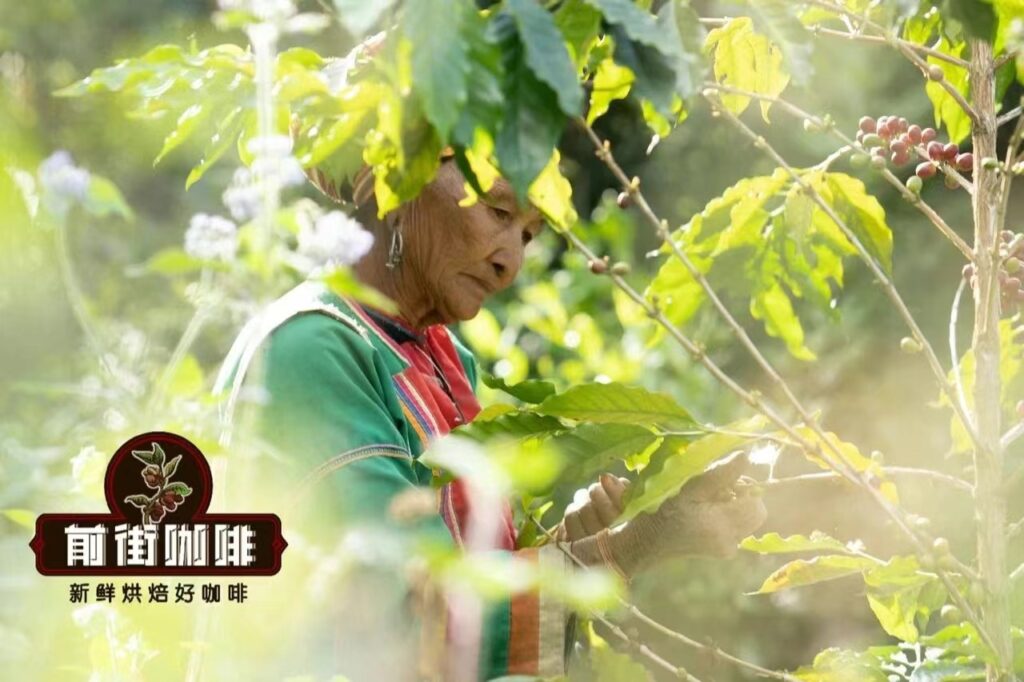
The ripening time of coffee at different altitudes is different. Taking southern China as an example, usually from October each year to February of the following year is the coffee ripening season. After the coffee is ripe, these fruits can be directly used as seeds. After removing the flesh and burying it in the sand for two to three months, keep it moist, and it becomes a coffee sapling. Then, replace it in nutritious soil. For specific methods, you can refer to another article on our breeding.
After one year, it can be planted in the land of your choice. In order to give it a thick root system when it lands, we raised the seedlings in the nursery one year in advance. This is usually done within one or two months after the harvest of the previous production season, and in this year, the water and fertilizer are properly controlled to avoid growing too fast, to ensure that the seeds have the highest germination rate and the main root of the seedlings will not grow too long and be cut off when planted in the coffee garden.
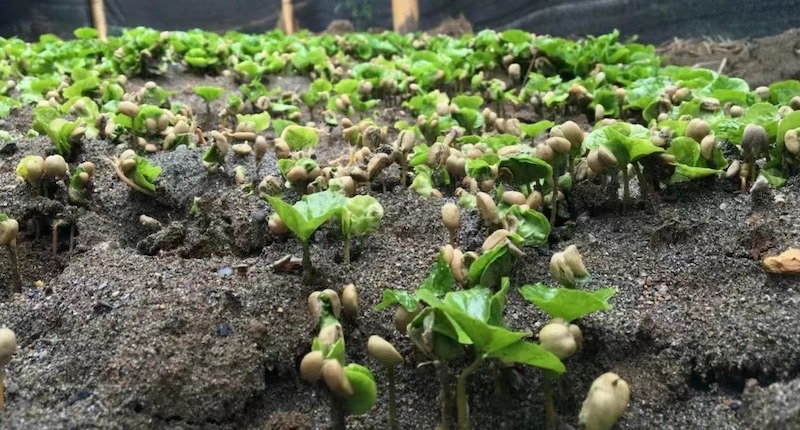
If you want better-quality coffee, it is best to choose to be in a forest environment at an altitude of more than 1,200 meters to get a good flavor. Usually, when the local rainy season begins, it is the best planting time, which is generally around May each year in China and Indonesia.
There are no four seasons in common coffee growing areas, only dry and rainy seasons, and most coffee growing areas are similar. This is also the fundamental reason for the use of the sun-drying method in some producing areas. In June, it is the beginning of the rainy season in the producing area, and it will rain for the next three or four months, which is the most favorable period for growing coffee. Only when the seedlings are planted at this time, with several months of rain, can a well-developed root system be grown to survive the first half-year-long dry season.
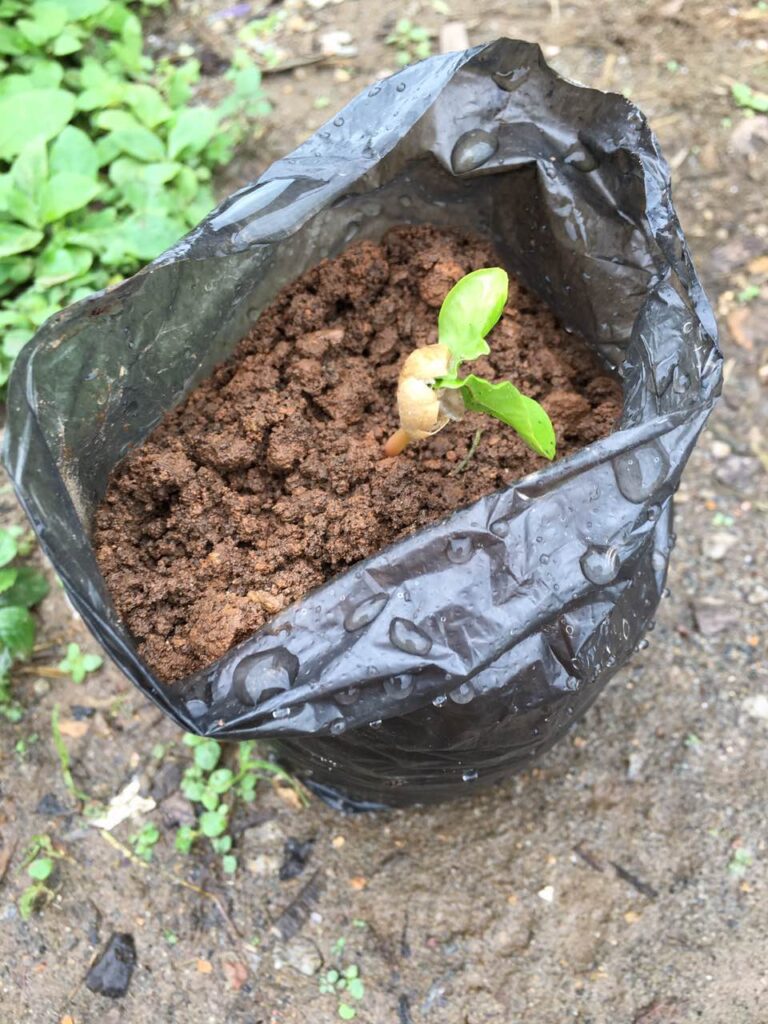
After three to four years, the coffee begins to bear fruit, and then experiments with suitable processing methods to obtain the best flavor. Therefore, the process of gourmet coffee requires five to eight years.

The following are the more detailed steps of seedling raising.
Part 1: Prepare the seeds
Use mature coffee berries as much as possible. If you have access to ready-made coffee trees, start by picking coffee berries. Choose those coffee trees with high yield and strong growth.
- Select mature coffee berries, which are usually a deep red color.
- First, crush the coffee berries (peel) by hand or other tools. Rinse with water and let them ferment in the container for a few days. Once the flesh falls off (remove pectin), the beans (seeds) are ready.
- Then put the beans in a small bucket filled with water and discard the beans that float on the water (rinsing and grading).
- Place the beans on a drying net and dry them in the open dry air, avoiding direct sunlight. Until the beans are almost completely dry (the outside should be dry, but there is a little softness and moisture inside.
Part 2: Sowing
Fill a 2-ounce (60 ml) container with agricultural sand (a substance that can retain air, moisture, and nutrients). Spray water to make it moist, and then place a seed in the container.
Before germination, you need to ensure that the medium remains moist. Water twice a day, drain the excess water, so that the seeds will be in a moist growing environment, but will not be submerged in too much water. Fresh seeds should germinate in about 2-3 months, but older seeds may take 6 months.
Part 3: Transplanting
After the seeds germinate, a "goose neck" bud will form. Carefully remove it from the medium and transplant it into a larger pot. Prepare a hole 1/2 inch (1.25 cm) deep and carefully place the seed flat inside.
The medium (soil) in the nutrient bag or flower pot should be fertile and contain humus. In addition, you can consider mixing in rotting manure and bone meal as fertilizers. After the seedlings are planted, sprinkle some soil on top.
Part 4: Become seedlings
You should water the seedlings every day. The soil needs to remain moist, and wait until the seeds have fully germinated before proceeding with the next transplant.
After 3 to 4 months, you should see a seedling with a pod-like top. After about a month, this pod will open to reveal its main leaves. After 9 months, more leaves should grow. At this time, you can transplant the seedlings outdoors (to their final location for future growth).

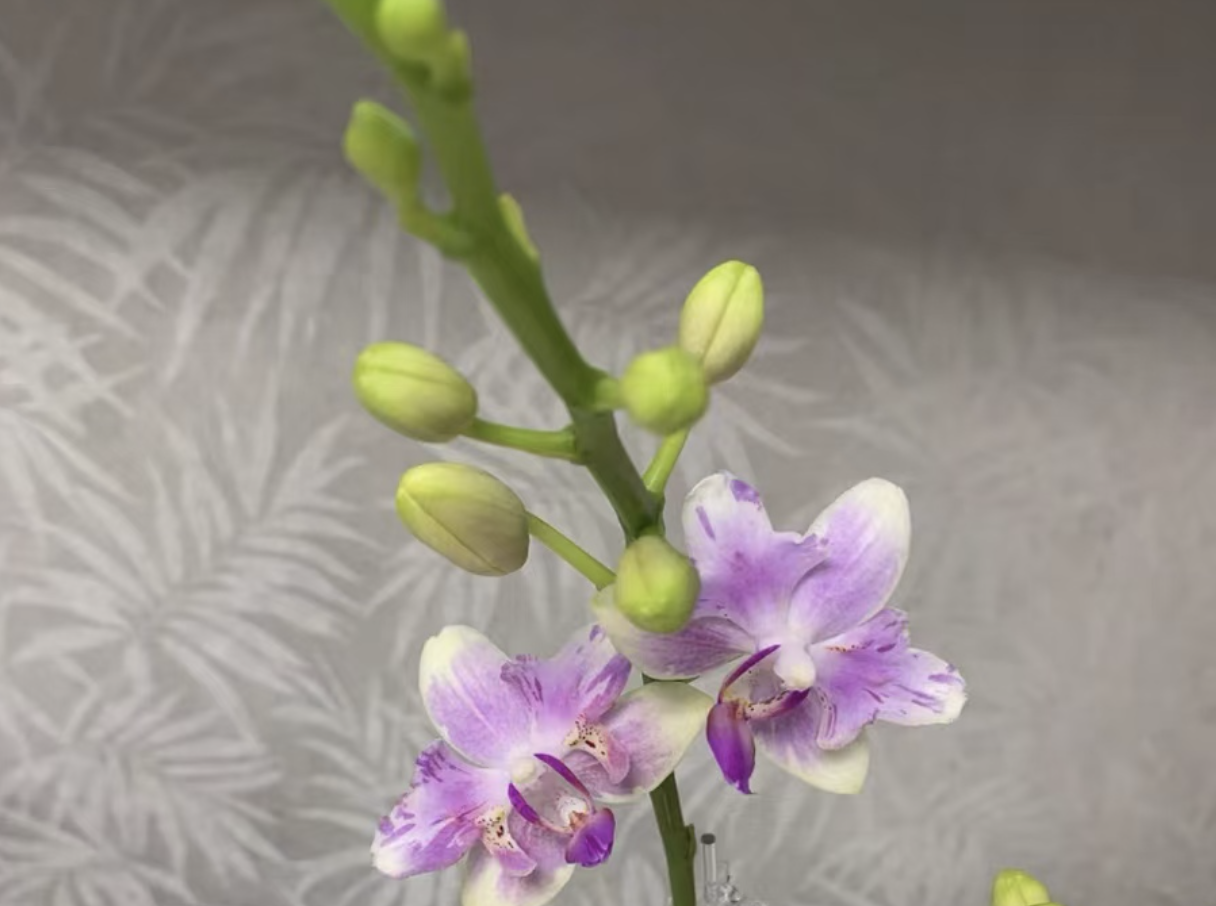
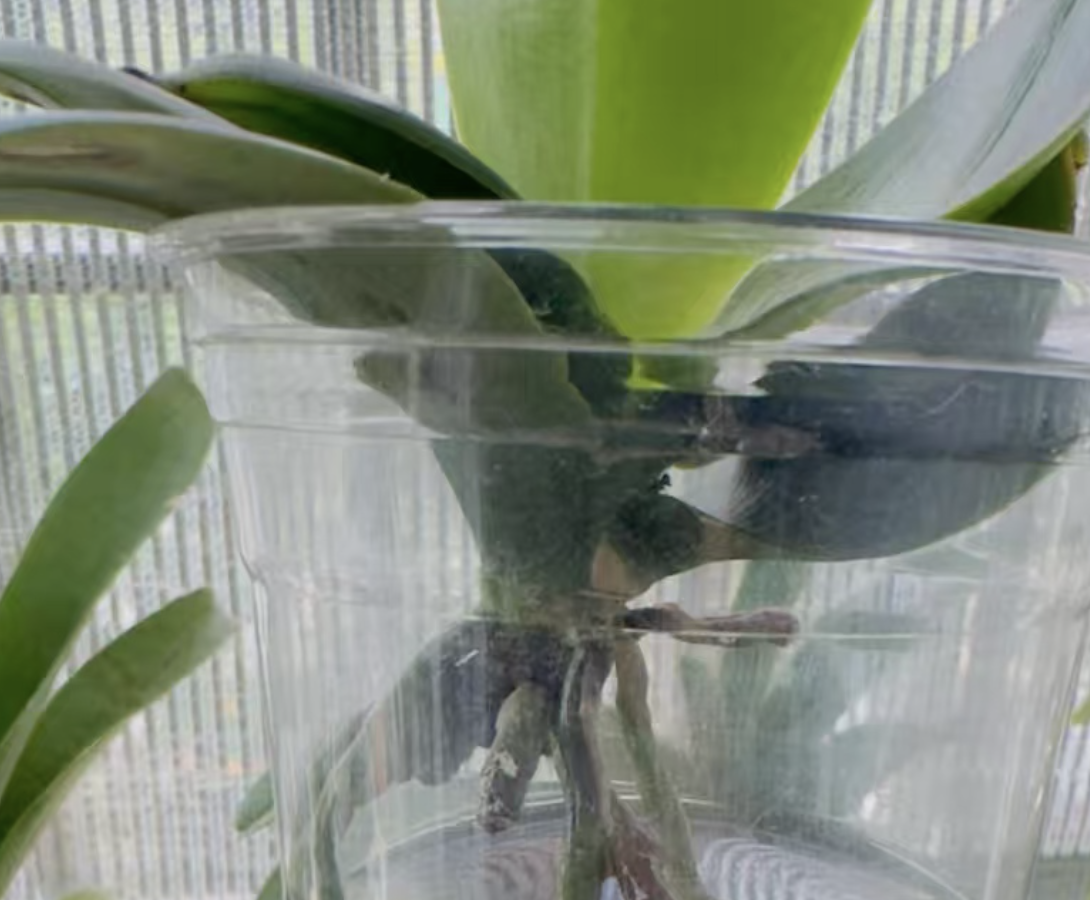
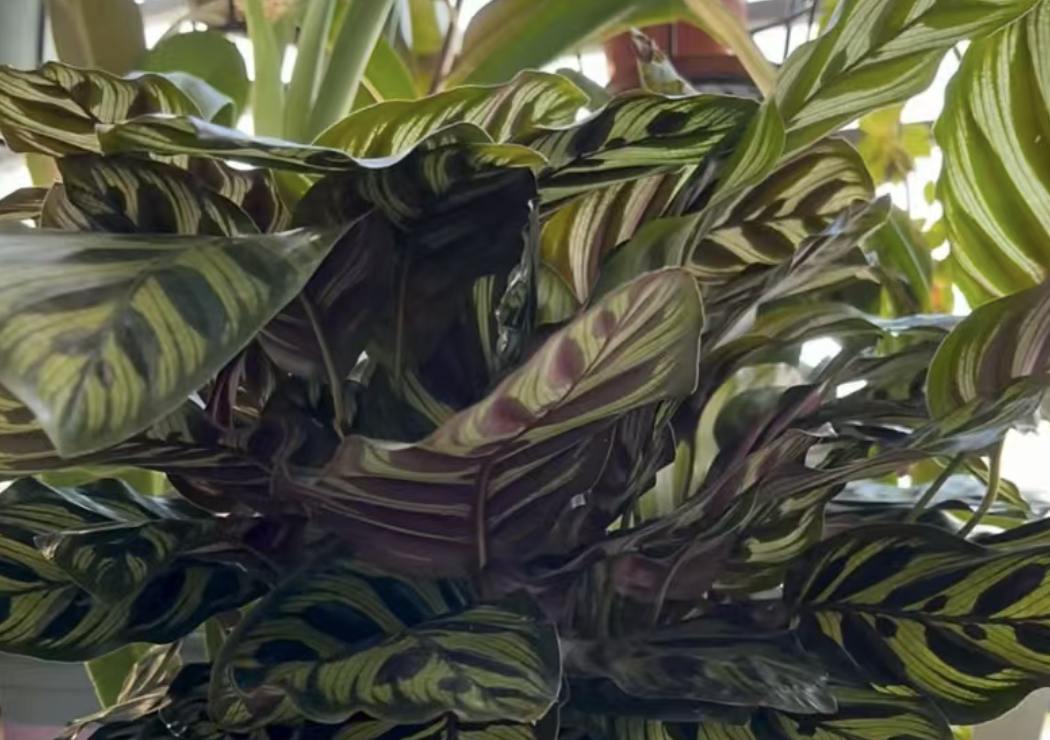
Leave a Reply